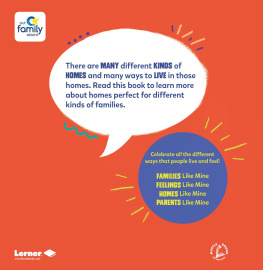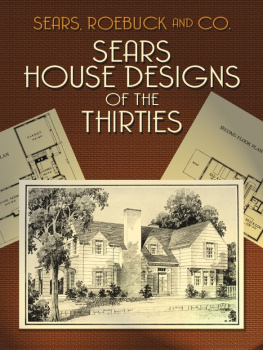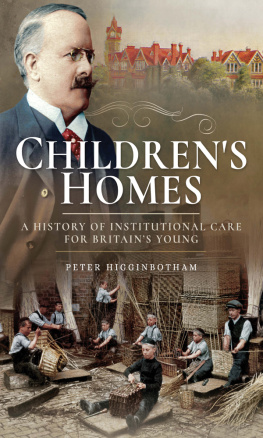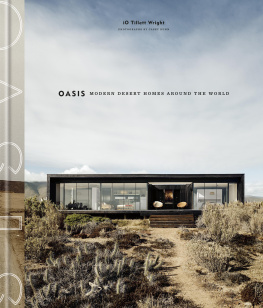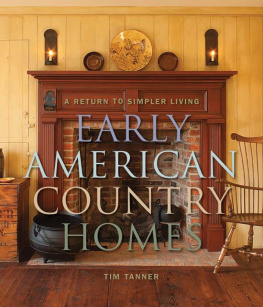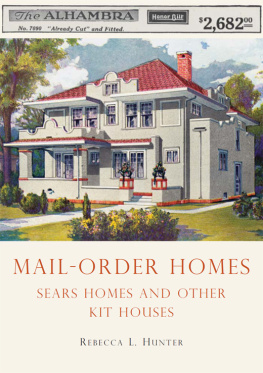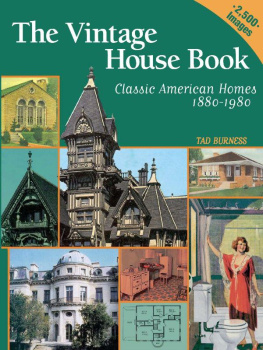

Published by The History Press
Charleston, SC 29403
www.historypress.net
Copyright 2010 by Rosemary Thornton
All rights reserved
Front cover: From the 1910 Sears Modern Homes catalog.
All images are from the authors collection unless otherwise noted.
First published 2010
e-book edition 2012
ISBN 978.1.61423.598.9
Library of Congress Cataloging-in-Publication Data
Thornton, Rosemary Fuller.
Sears homes of Illinois / Rosemary Thornton.
p. cm.
Includes bibliographical references.
print edition ISBN 978-1-59629-939-9
1. Prefabricated houses--Illinois--History. 2. Architecture, Domestic--Illinois--Pictorial works. 3. Sears, Roebuck and Company. Home Construction Division--History. I. Title.
TH4819.P7T484 2010
643.2--dc22
2010034172
Notice: The information in this book is true and complete to the best of our knowledge. It is offered without guarantee on the part of the author or The History Press. The author and The History Press disclaim all liability in connection with the use of this book.
All rights reserved. No part of this book may be reproduced or transmitted in any form whatsoever without prior written permission from the publisher except in the case of brief quotations embodied in critical articles and reviews.
CONTENTS
ACKNOWLEDGEMENTS
In spring 2010, I spent three weeks in Illinois and traveled 2,600 miles researching this book. Along the way, I stayed with many kind souls and enjoyed their company. I am supremely grateful for the many kindnesses they showed me.
First, thanks to Dr. Rebecca L. Hunter, who spent three days driving me around the suburbs of Chicago, showing me a few of the many Sears homes that shed discovered and catalogued. If Id had to traverse Chicago on my own, my black-and-white picture would now be prominently featured on the back of a milk carton under the heading, Have you seen this woman? Chicago and its suburbs are very confusing to a flatlander tourist like myself. Rebecca also freely shared years of research, providing me with lists of Sears homes shed found in other cities in Illinois.
Thank you to Dale Patrick Wolicki, who has spent the last ten years sharing what hes learned about Sears homes in particular and kit homes in general. Dale has always been willing to share his catalogs, his time, his discoveries and his knowledge.
My brother Tom and his wife Sue live in southwestern Illinois, and during my visit to the Midwest, they lent me their home, their car and their computer. Without their support, love and prayers, the enormity of this writing project would have surely overwhelmed me.
Thanks to Linda Riggs Morgan and Dennis Riggs for giving me countless hours of their time, for sharing their familys wonderful story and for allowing me to photograph their Sears Osborn from every angle imaginable.
And theres Richard Kearney in Cairo, who spent an entire day with me in March, showing me all the Sears-related sights in southern Illinois. As we drove along bucolic country roads (which didnt even show up on my GPS!), Richard was the perfect tour guide, providing an amazing bit of color about the region and its fascinating history. Thank you, Richard, for opening my eyes to that areas inimitable and amazing past!
Thanks to Joyce St. Michael for giving up a day of her life to accompany me throughout Mattoon, Westfield, Casey, Charleston and surrounding areas. And thanks to Donna Boatman in central Illinois for being my friend, my confidante and number-one cheerleader and for giving me a quiet place to rest and pray and recharge.
And a big chubby thank-you to my husband, Wayne, for understanding that Sears homes are one of the most important things in my life.
Lastly, in the words of Handel, SDG. Its recorded that Handel wrote SDG at the bottom of all of his music. SDG is an abbreviation of the Latin phrase Soli Deo Gloria, or To God alone, all glory. Researching and writing book-length manuscripts has always been an extremely challenging task for me. Throughout this project, I prayed frequently and diligently, asking God to teach me and lead me. Whatever good this book imparts and whatever blessings may come are practical proofs of Her infinite love.
Chapter 1
THE HOUSE THAT FATHER BUILT
On that hot, sticky summer day in August 2002, five people showed up at my book signing in Champaign, Illinois. Five.
Hardly made my three-hour drive from Alton seem worthwhile.
That was, until I met Mrs. Riggs. Accompanied by her daughter, Muriel Riggs had put forth a significant effort to attend my book signing. Sitting in a wheelchair, Mrs. Riggs cradled a crumbly, yellowed set of blueprints in her long, thin arms. A similarly aged catalog rested in her lap. Intrigued by the vintage materials, I walked toward her, knelt down and introduced myself. I asked if I could see the blueprints. She clutched them a little tighter to her chest and said thoughtfully, I dont know. Lets talk for a minute.
She told me that shed lived in a Sears house since 1928. When she was in eighth grade, her family home had burned to the ground, and her father ordered their new home from the Sears Roebuck catalog. The twelve thousand pieces of house arrived by boxcar at the local train station. Wagonload by wagonload, the building materials were transported to the family farm, just south of Sidney, Illinois. The house was assembled by her father, Henry Mohr, and his brother-in-law Frank, a carpenter by trade.
Within a few months, the house was complete, and the family settled into their new Sears home. In 1939, Muriel Mohr became Mrs. Muriel Riggs, and after the war, she and her husband moved onto the family farmstead. After her parents passed on in 1975, Mrs. Riggs moved back to her childhood home, the Sears Osborn.
Mrs. Riggs carried with her the 1928 Sears Modern Homes catalog, from which her parents had ordered their Osborn. In the 141-page catalog, it was described as a bungalow from the Golden West.
As she handed me the catalog, it opened effortlessly to the timeworn page that featured their house. Some ciphering in the margins showed thered been quite a bit of thought as to how many extras they could afford. Could they go with the Hercules Steam Heating Outfit, or would they need to settle for the pipeless furnace?
In the center of the page, where the price would have appeared, there was a jagged hole. I asked Mrs. Riggs about it. Mama didnt want anyone knowing what we paid for the house, she told me with a sweet smile. Shes the one who carved out the price.
Mrs. Riggss story made my three-hour trip to Champaign very worthwhile.
Each and every one of the seventy thousand Sears homes that were built in the early years of the twentieth century has a similar back story. Theyre stories of sacrifice and hard work and indefatigable effort and persistence and success. They are all stories of the American Dream come to fruition.
Lets back up a bit. You may be wondering, what is a Sears home?
In the early 1900s, you could order just about anything from the Sears Roebuck catalog: plows, obesity powders, electric belts (for impotence), cream separators, chicken coops, sewing machines, cookstoves and complete houses.
In 1895, Sears Roebuck and Company issued its first building materials catalog and began selling lumber, hardware, millwork and other building materials, in addition to the tens of thousands of items already offered in the general merchandise mail-order catalog.
Next page


